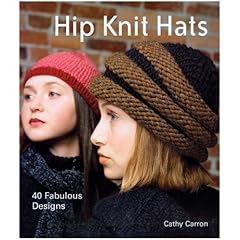Fib Bib
Fib Bib or How I Cannot Tell a Lie...
Another baby, another bib.

Our friends Jim and Laura just had their baby boy so time to crank out another bib. Debating between garter stripes and beaded stripes, ...... my mind started to wander: thoughts of knitting nature, New Zealand beaches, blue waters (and maybe a few rugby stripes, baby size, thrown in)...
Out came the turquoise and aqua.
A quick count of the number of garter stripes in the bib body and and I realized that the first section of the Fibonacci sequence or series repeated several times, would be close to the number of garter stripes in the bib pattern. And, as Kay and Ann imply, it's a bib, so gauge and size are somewhat fluid...
Simply put, take the first 4 numbers generated from the sequence, reverse the order so that the largest number is first, then knit the garter stripes in alternating colors.
This is the sequence:
Start with a 0 and a 1 (you won't knit a zero (0) row (!), really.
(0 and) 1, so really:
1
0+1=1
1+1=2
1+2=3
Now, reverse the order (for this pattern sequence). You will start knitting with the "4th part of the sequence".
1 garter stripe: Color B
1 garter stripes: Color A
2 garter stripes: Color B
3 garter stripes: (this is the bottom of the bib). Color A
Keep repeating this sequence until you get to the length you want for the bib. It will be either a little shorter or a little longer than than the pattern in the book. Since you may be using a yarn with a slightly different gauge, you can decide on the number of pattern sequences to repeat.
For even MORE fun with knitting and MATH (!) check this out math for knitters. or Geometry of Design.
Feel free to experiment with this wonderful striping system that always pleases the eye and knitters and nature love.
Squint your eyes, don't you see something wavy coming on the shore? I cannot tell a lie; I just wanted an excuse to knit something warm and tropical looking. It's cold and rainy weather will soon be here...



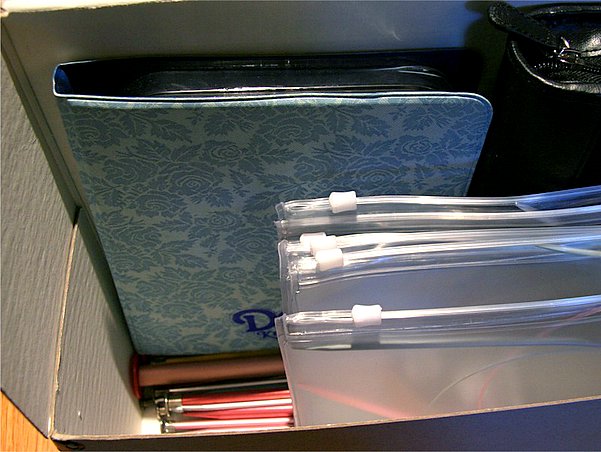
 . Of course, the first thing you do is make her 9
basic squares. OK, I didn't make ALL 9, but there was one that caught my
eye, #9. She called it "beaded". Vivian is big into garter
stitch and its many variations.
. Of course, the first thing you do is make her 9
basic squares. OK, I didn't make ALL 9, but there was one that caught my
eye, #9. She called it "beaded". Vivian is big into garter
stitch and its many variations.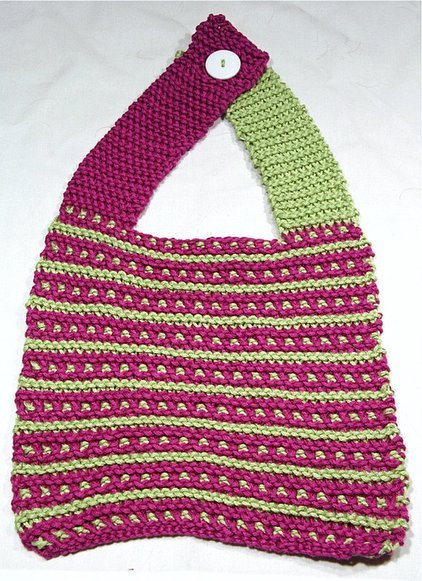

 " that
really works: Kay and Ann suggest, as many people do, to carry the yarn up
the side, in between stripes. In addition, and, this is the really good
tip, "When changing colors, for the first row of a stripe, pull the new
color around your needle from behind the old color" This works great
for alternating stripes of color. For more tips on stripes, check out the
book.)
" that
really works: Kay and Ann suggest, as many people do, to carry the yarn up
the side, in between stripes. In addition, and, this is the really good
tip, "When changing colors, for the first row of a stripe, pull the new
color around your needle from behind the old color" This works great
for alternating stripes of color. For more tips on stripes, check out the
book.)
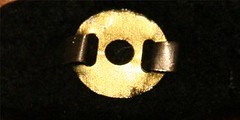

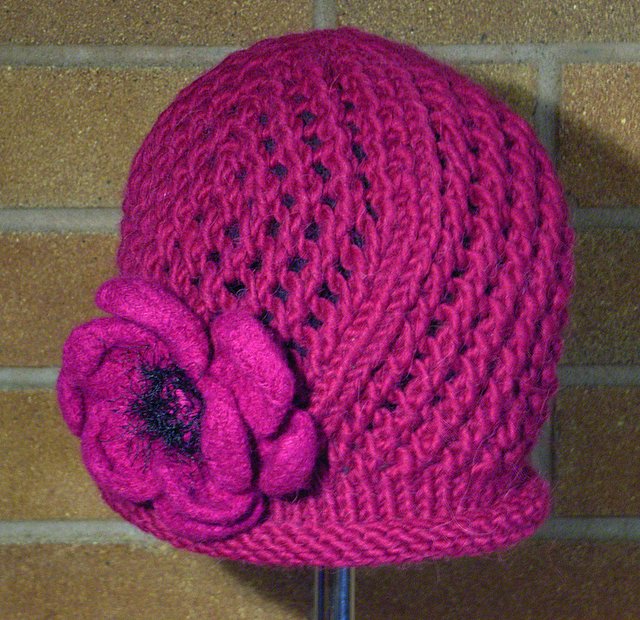
 , Cathy Carron's book about, hats!
, Cathy Carron's book about, hats! 